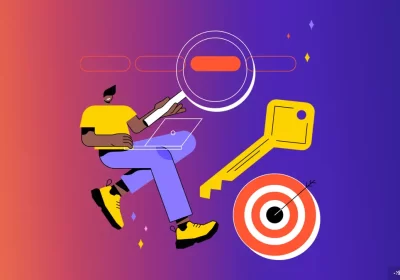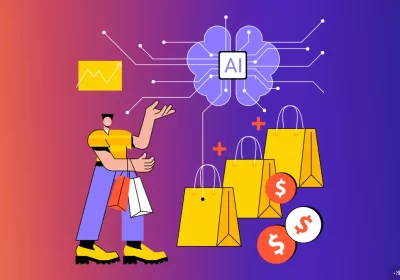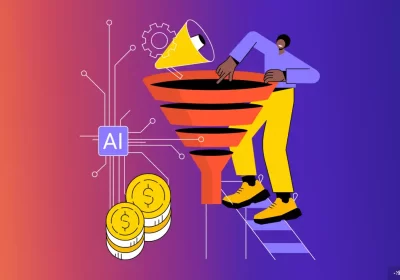How to Use Personalized Selling Online to Win Customers

In an era increasingly concerned with privacy, how can small businesses know their customer at a level that will create tangible impacts. Obviously, offering a one-size-fits-all sales strategy just doesn’t cut it. And while consumers crave experiences tailored to their needs, preferences, and behaviors, privacy is equally important. That’s where personalized selling online comes into play. This strategic approach helps businesses build meaningful connections, drive conversions, and ultimately win loyal customers.
What is personalized selling online?
Personalized selling online is the practice of using customer data and behavior insights to tailor the online shopping experience. It includes product recommendations, custom email campaigns, dynamic website content, personalized ads, and conversational commerce through live chat or chatbots.
Rather than pushing generic offers, businesses engage each customer in a way that feels relevant. It timely mirrors the in-person experience of a knowledgeable salesperson who remembers your preferences.
Benefits of personalized selling
01. Higher conversion rates
Personalized content leads to increased engagement and purchase intent. Customers are more likely to buy when they see products and messaging that reflect their needs.
02. Improved customer retention
When customers feel understood and valued, they’re more likely to return. Personalization boosts satisfaction and builds long-term loyalty.
03. Increased average order value
Suggesting complementary products based on past purchases not only encourages upselling but also cross-selling.
04. Better date utilization
Leveraging browsing history, cart activity, and previous purchases allows you to make data-driven decisions and optimize the sales process.
Personalized Sales Strategies
Albeit not always an easy standard to meet, it key marketing rule is to always know your customer. With this in mind, the following are 6 strategies to help you with personalized selling online.
1. Use behavioral data
Track user behavior on your website including pages visited, time spent, and items clicked. Use this data to present personalized product recommendations and targeted content.
2. Segment your audience
Group your audience based on demographics, purchase history, or behavior. This segmentation allows you to send more relevant messages through email, SMS, or ads.
3. Personalize email marketing
Move beyond “Dear Customer.” Instead, use the recipient’s name and recommend products based on their interests or abandoned cart items. Email automation tools can help streamline this process.
4. Implement AI-powered chatbots
AI chatbots can deliver real-time assistance and suggest personalized solutions based on user queries and profiles. In essence, it mimics a real sales associate.
5. Create dynamic landing pages
Use dynamic content that adapts to individual users. For example, a returning visitor might see different homepage content than a first-time visitor.
6. Leverage retargeting ads
Personalized retargeting ads can remind potential buyers about products they viewed but didn’t purchase. Oftentimes, this can lead to a completed sale.
Tools that support personalization
- CRM platforms like HubSpot or Salesforce for customer data management.
- Email automation tools such as Constant Constant or Mailchimp.
- Analytic software like Google Analytics or Hotjar for behavior insights.
- E-commerce personalization platforms such as Dynamic Yield or Nosto.
Final thoughts
To stay competitive, businesses must move from generic marketing to meaningful, one-on-one conversations with customers. Personalized selling online not only enhances user experience but also drives measurable results in engagement, sales, and brand loyalty.
By investing in the right tools and strategies, business of any size can use personalized selling to win and retain customers in the digital marketplace.
You may also enjoy reading: Elevate Your Online Store with Envisager Studio E-commerce Website Design

Christina Davis
WEB CONTENT DIRECTOR
Christina is the Web Content Director at Envisager Studio. She leads the content creation process and ensures tone and key messaging personifies the client’s brand and engages target markets. In her spare time, she writes about content marketing, content management, and website content.




